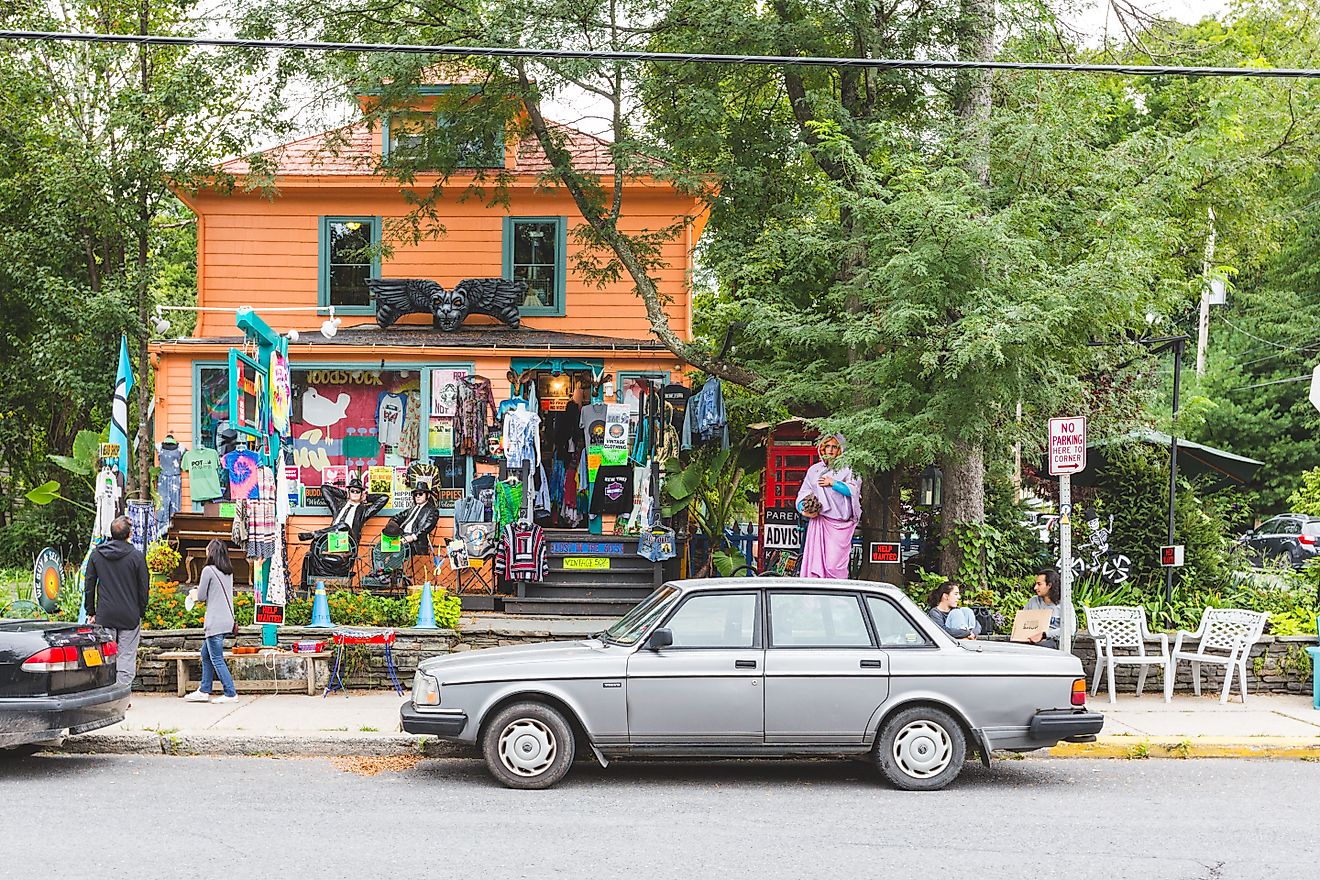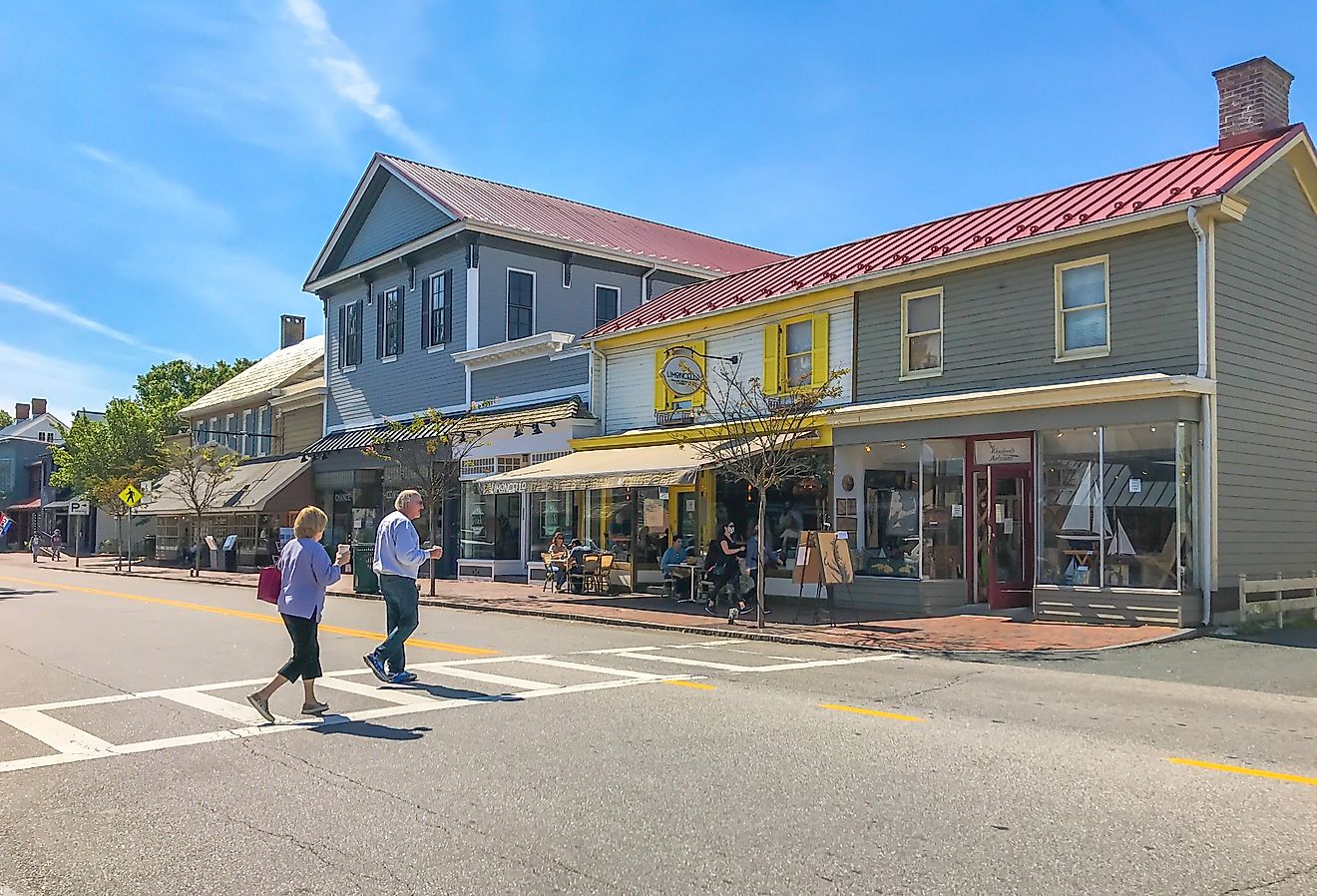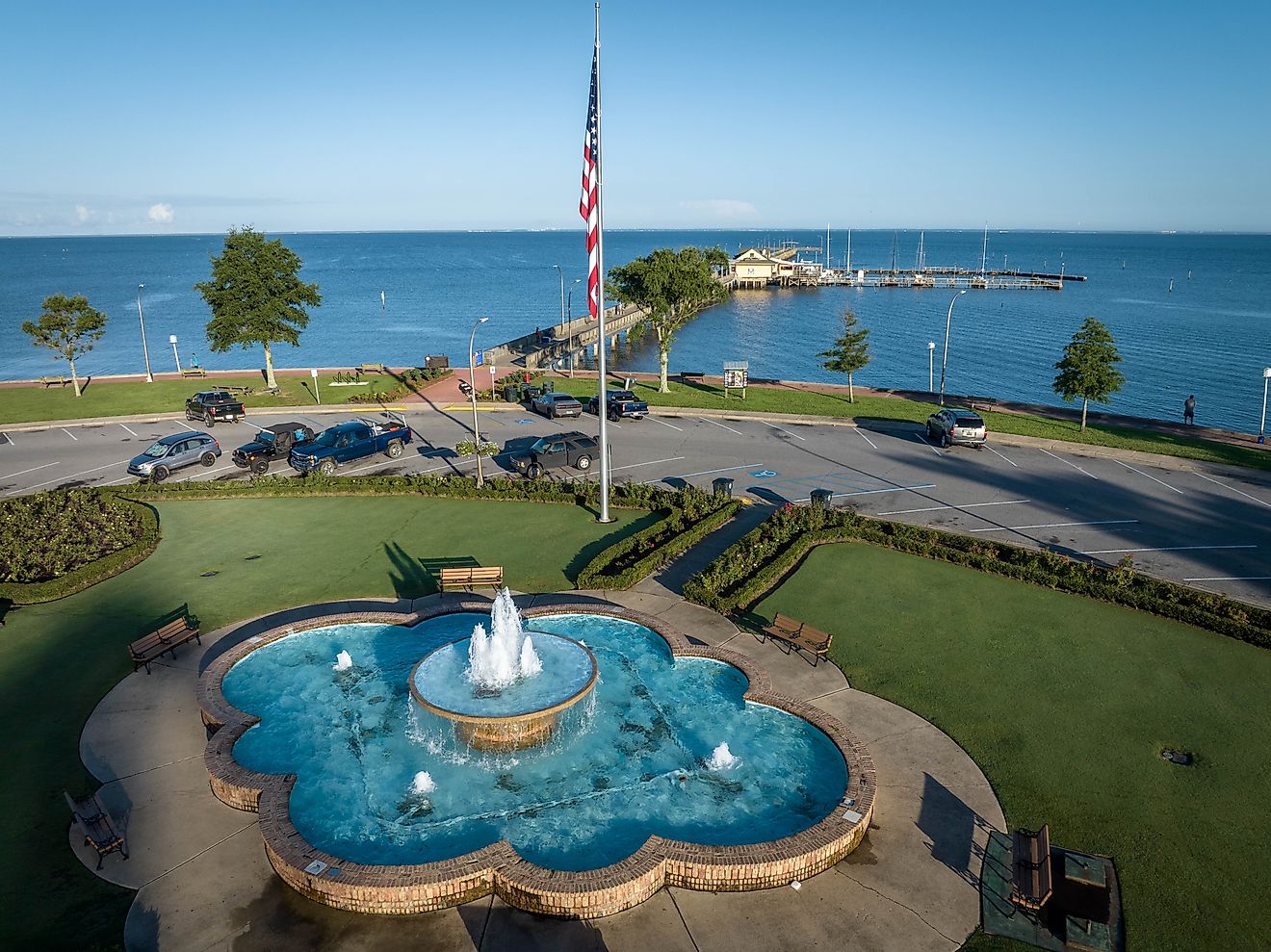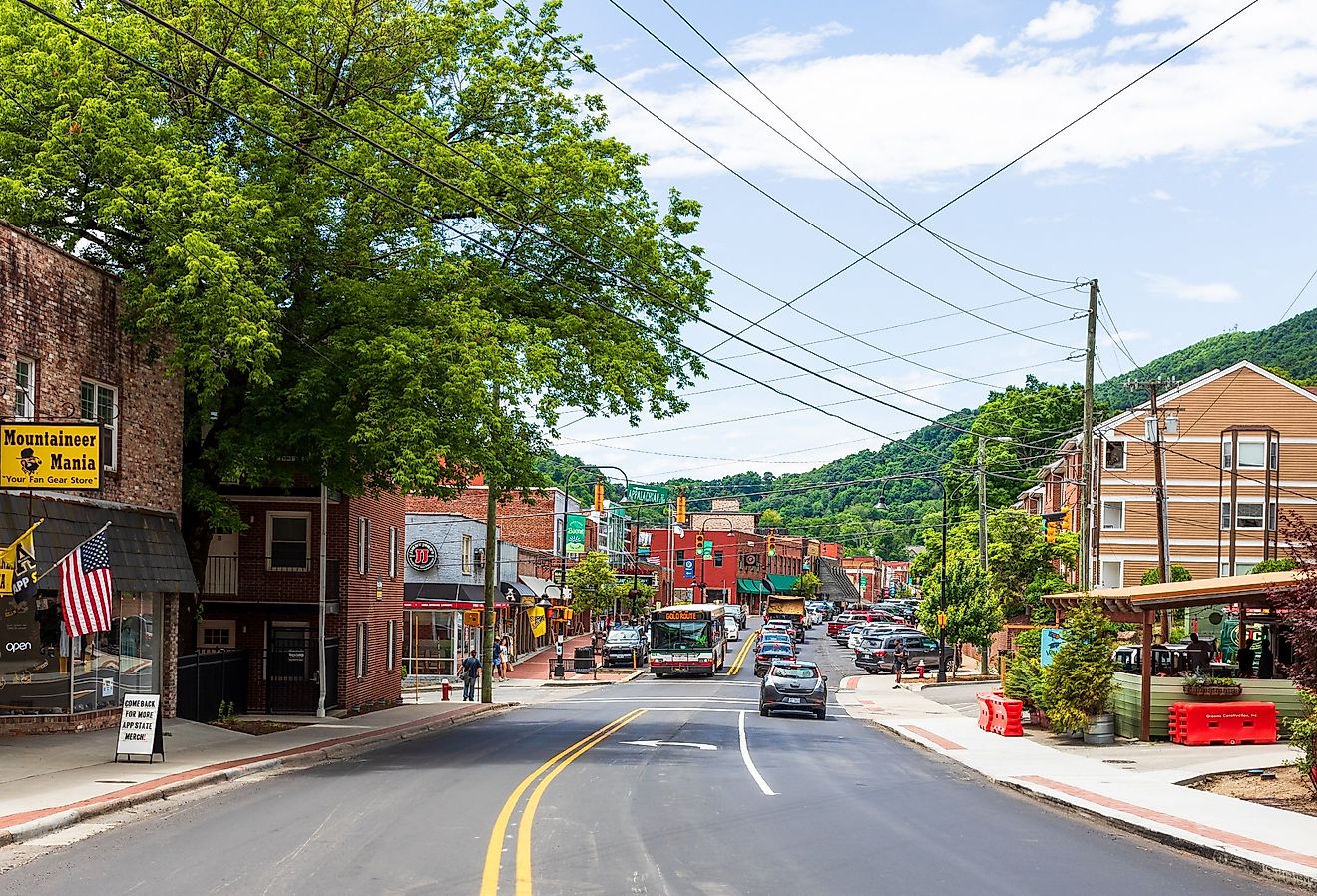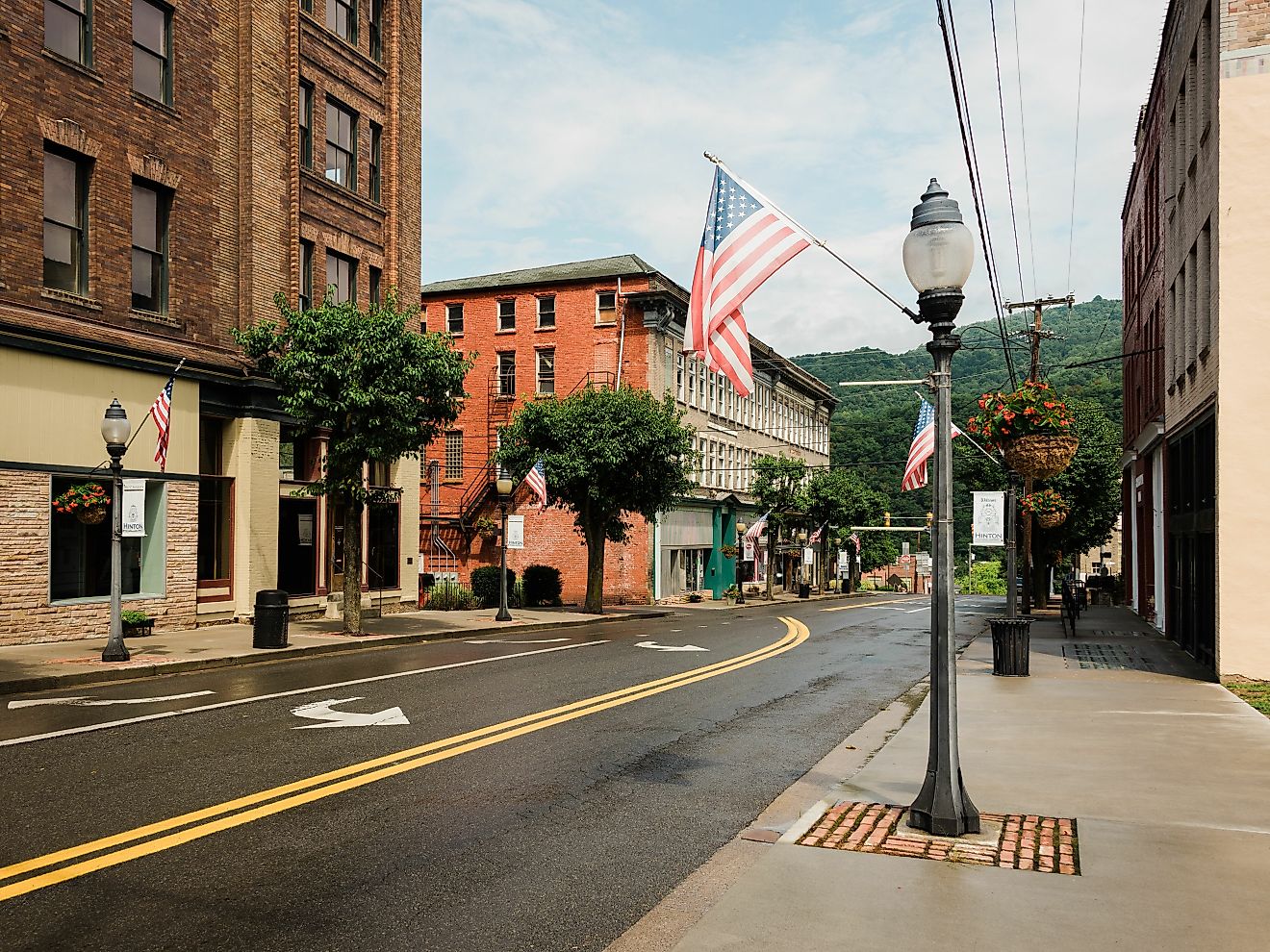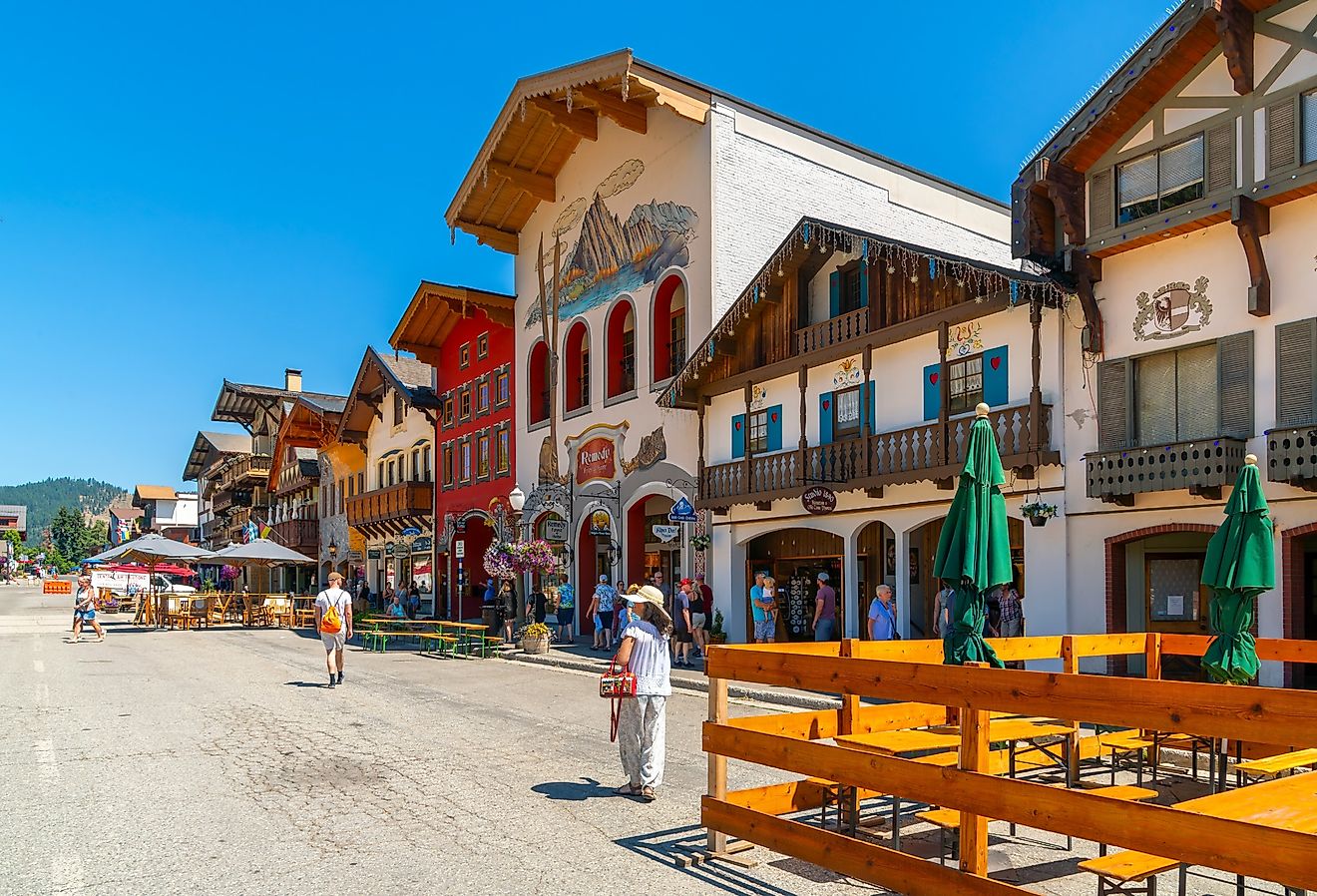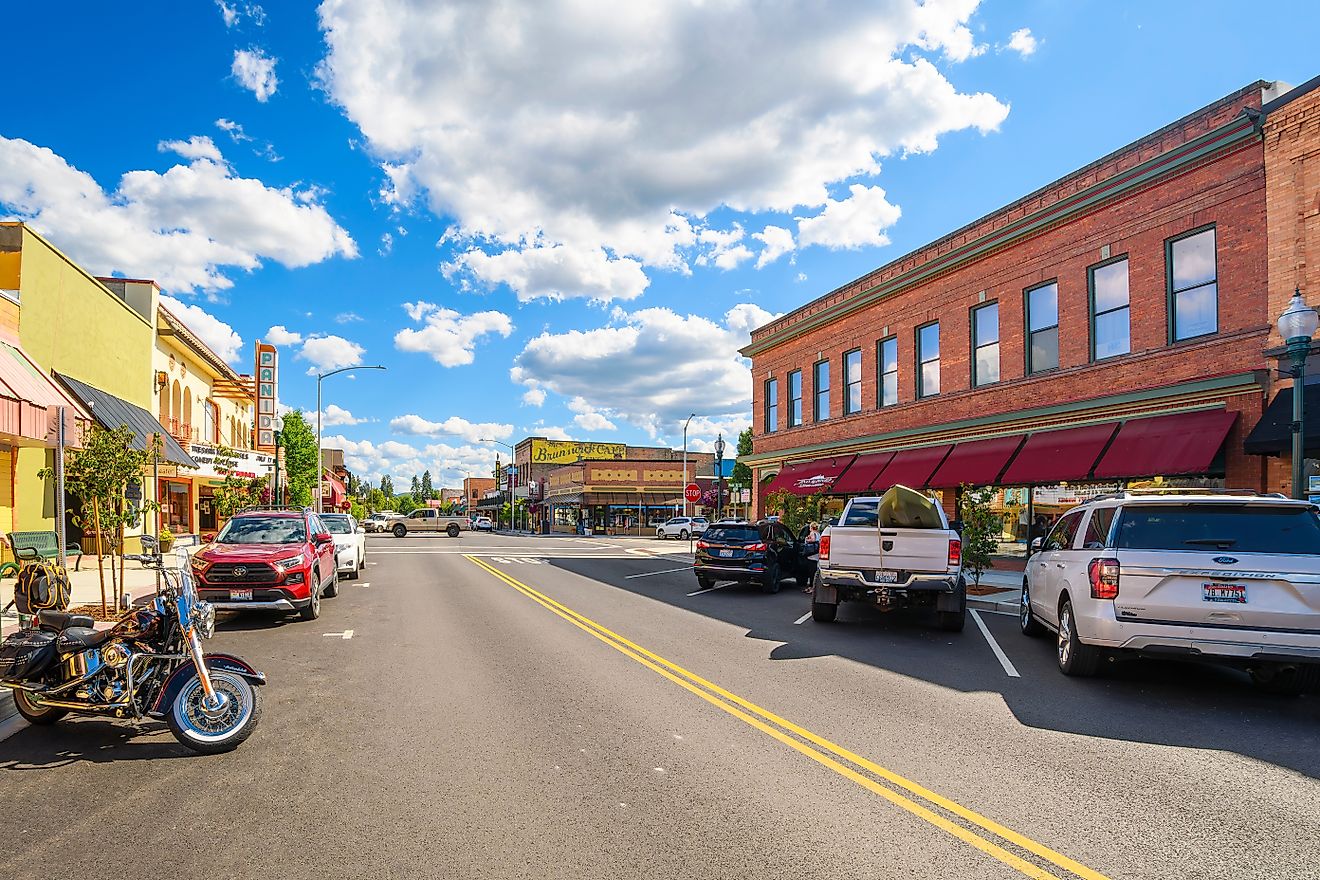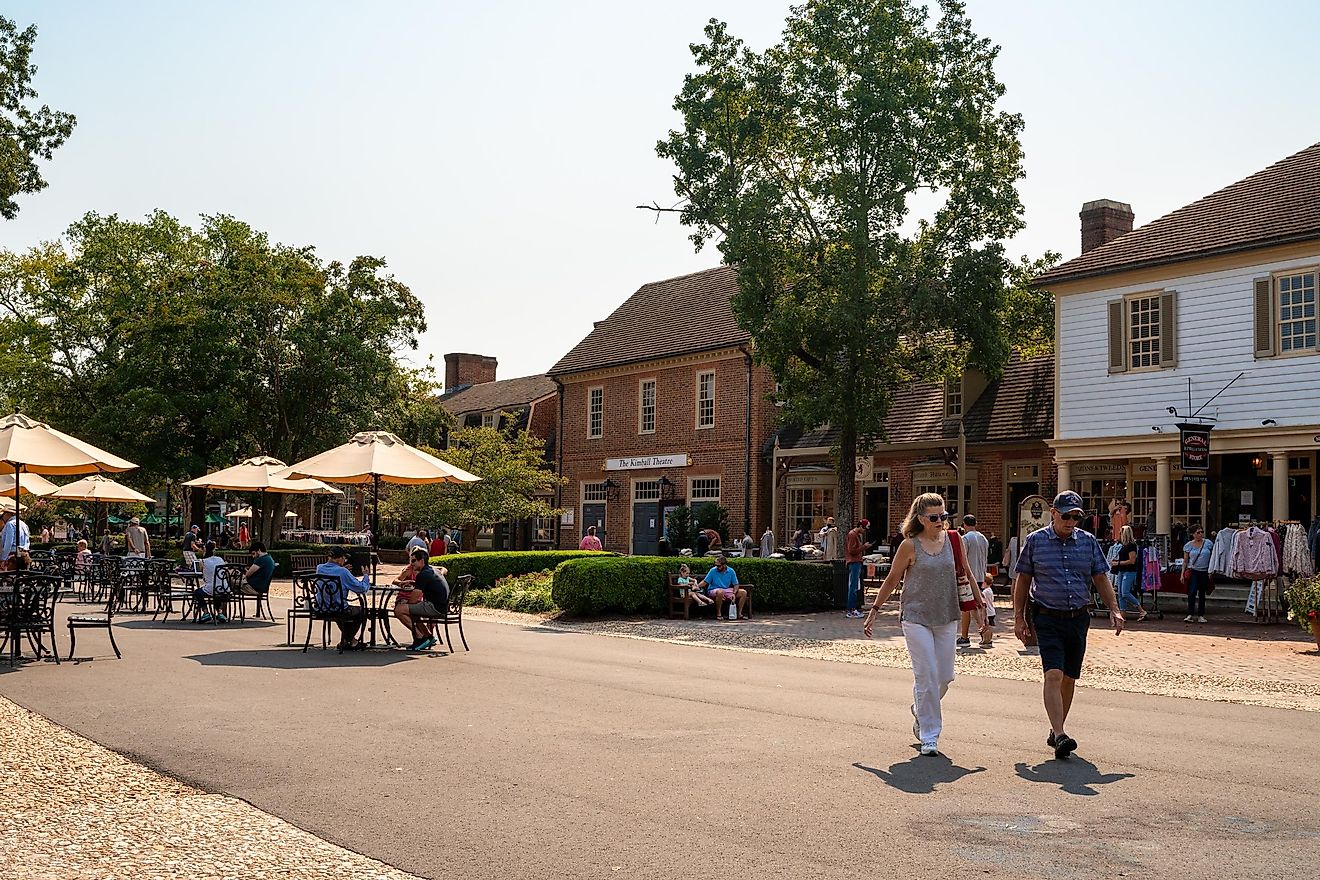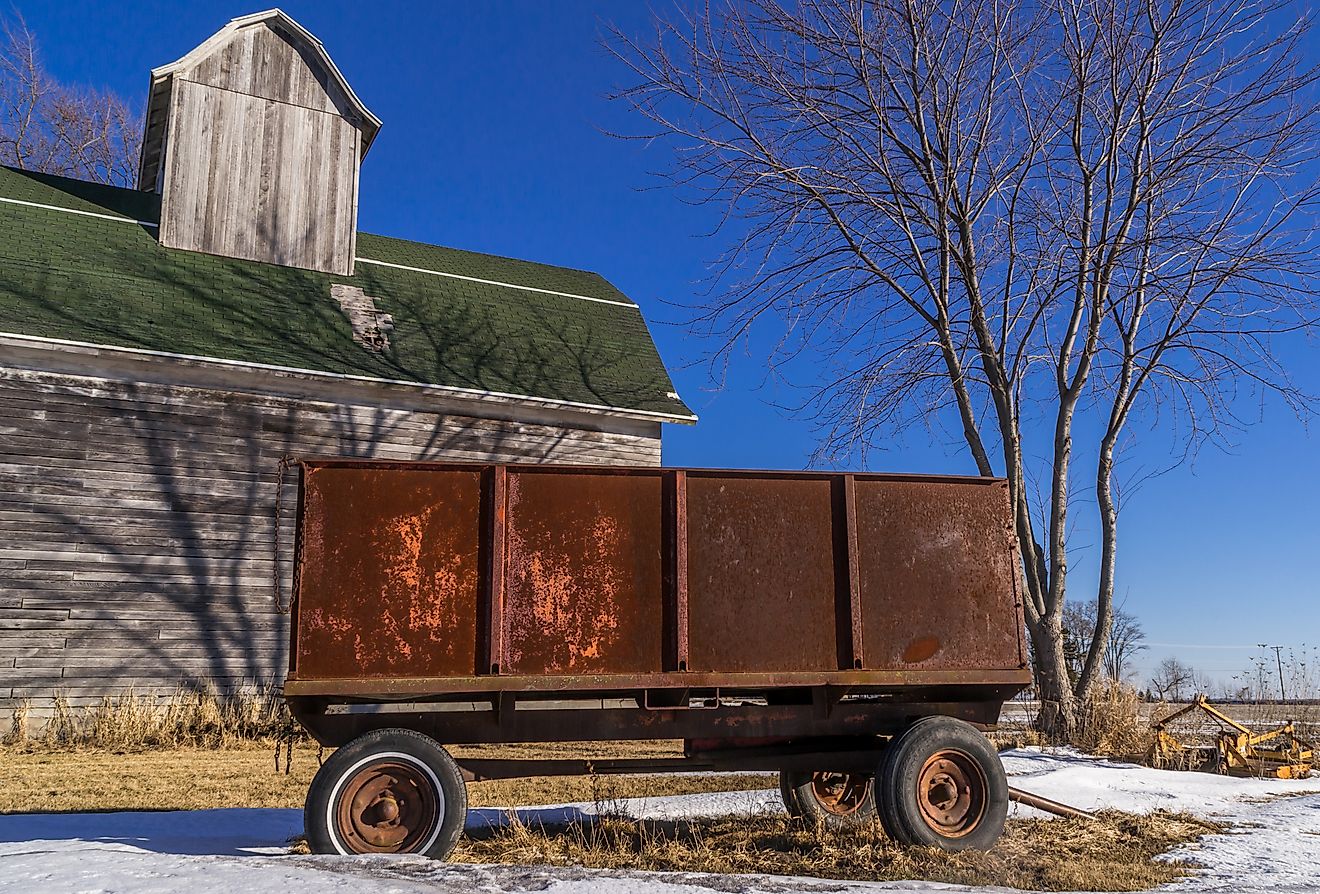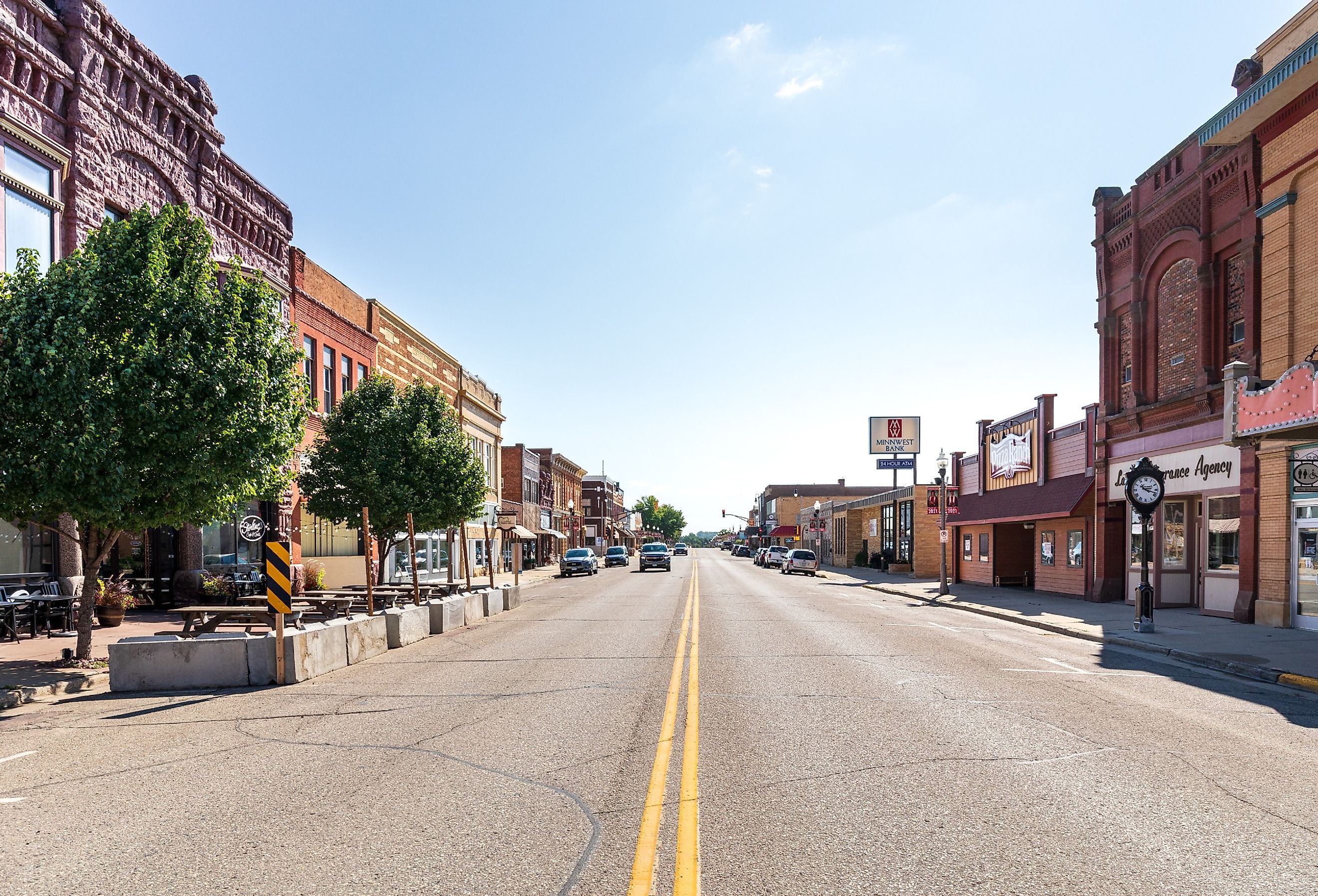
These 7 Towns in Minnesota Have Beautiful Architecture
Although it is called the Land of 10,000 Lakes, Minnesota has a larger number of amazing buildings. Many of those are in the Twin Cities, which contain over half the state's residents and all of its skyscrapers. But residents and visitors need not look up to see incredible architecture. Rather, look afar, to small towns spread across the state, which have grandiose homes, museums, mills, stores, lighthouses, and even a mental hospital set against spectacular Minnesota scenery. Discover seven such Minnesota communities with A+ architecture.
Fergus Falls
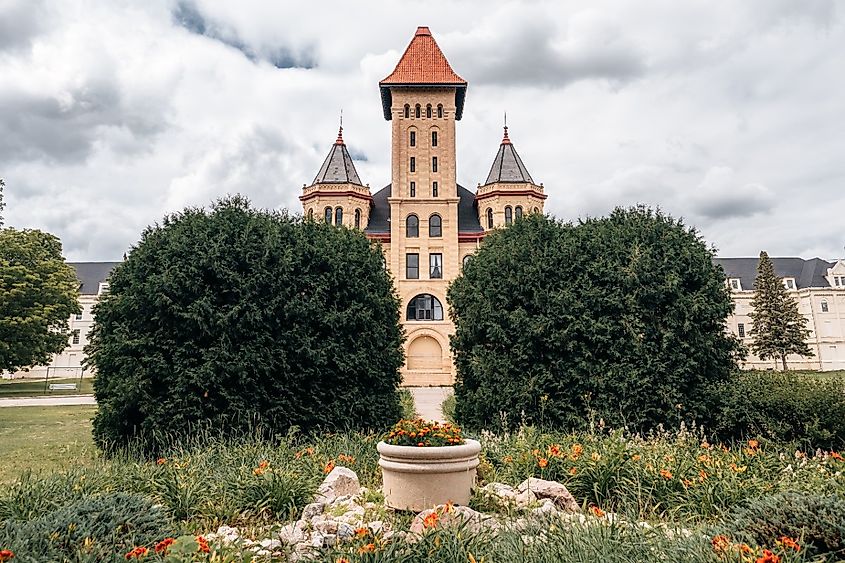
For a city of roughly 14,000 people, Fergus Falls is flowing with magnificent manors. Chief of these is the Fergus Falls Regional Treatment Center (AKA the Fergus Falls State Hospital Complex), which is the Disney World of former asylums. Comprising dozens of buildings and wings on 120-plus acres, the FFRTC was part of the Kirkbride Plan developed by mental health reformer Thomas Story Kirkbride, who advocated for bright, spacious, colorful institutions surrounded by greenery. The result was palace-like asylums built across America during the 19th century.
Fergus Falls seemed to have modeled its subsequent constructions on the hospital's grandeur. Hillcrest Lutheran Academy, which was built in 1901, is a four-story Romanesque Revival school nicknamed the "Castle on the Hill." In addition, the Otter Tail County Courthouse was completed in 1922 in an elegant Beaux-Arts style. Lastly, Fergus Falls City Hall was erected in 1928 in the stately Georgian Revival style.
Northfield

Northfield is one of Minnesota's best preserved architecture from the late-1800s. It was platted south of present-day Minneapolis-Saint Paul in 1855 and became a booming mill town with an emphasis on education. The Ames Mill was built in the 1860s and still stands to the delight of onlookers and onsmellers, since it helped the nearby Malt-O-Meal cereal factory fill the air with a sweet aroma. Just down the Cannon River is Carleton College, which, along with St. Olaf College, is one of two higher education institutions in the 20,000ish-person community. Both opened in the latter half of the 19th century and retain many old, stately buildings like Willis Hall, Steensland Hall, and the Skinner Memorial Chapel.
In 1876, Northfield's striking downtown was struck by Jesse James's gang, which tried to rob the First National Bank. It was thwarted by brave townsfolk. The restored bank, which contains the actual vault from 1876, hosts tours throughout the year and reenactments in September at the annual Defeat of Jesse James Days.
Lanesboro
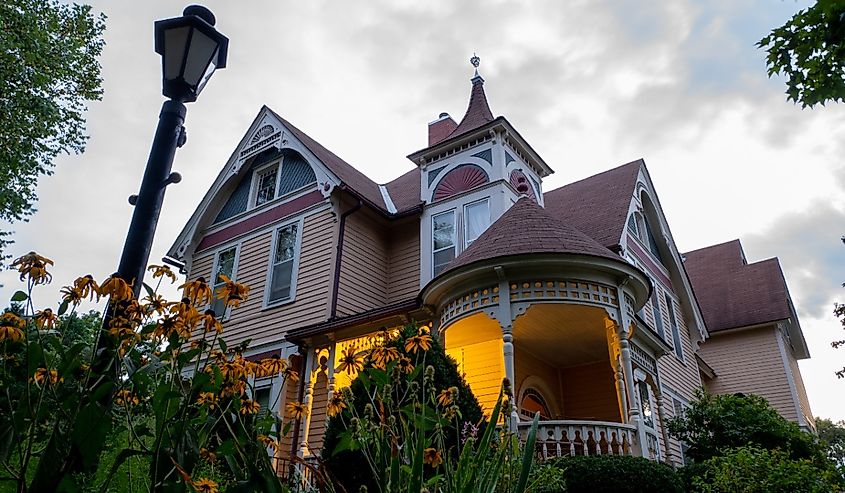
Home to around 700 people, Lanesboro does not have the same quantity of buildings as Fergus Falls and Northfield but it has the quality. Much of its quaint downtown and industrial district is listed on the National Register of Historic Places, with the Lanesboro Stone Dam (1868), James Thompson House (1870s), Thompson & Thompson Store (c. 1872), Scanlan General Store (1880), Lanesboro Village Hall & Fire Hall (1886), Scanlan Hall (late 1880s), Galligan Block (1895), and Chicago, Milwaukee, & St. Paul Railway Bridge (late 19th century) considered "pivotal" parts. Another legendary Lanesboro locale is the Saint Mane Theatre (c. 1897), which housed the Commonweal Theatre Company until it moved next door to a larger but similarly scenic building.
To see a radically different style of architecture, you can hire Bluffscape Amish Tours for a journey into Amish Country and its archaic barns and farmhouses. In addition to photographs and memories, you will likely return to Lanesboro with baked and woven goods.
Luverne

You are liable to love Luverne, a 5,000ish-person "city" with urban and rural wonders. Inside town is the Rock County Courthouse, a four-story Richardsonian Romanesque Revival structure dating to 1888, as well as the Hinkly House, a 12-room Queen Anne-style home built in 1892 and now used as a museum. Both are made from pink-hued Sioux quartzite, as is the Frederick Manfred House, which stands just outside of town in breathtaking Blue Mounds State Park. This unique cliffside dwelling was built by the titular author and long served as the park's interpretive center.
Mendota

As one of the first European-American settlements in Minnesota, Mendota contains many of the state's oldest buildings. These include the Sibley House, a limestone home built in 1835 for the future first governor of the state, Henry Hastings Sibley, and the Dupuis House, a red-brick abode built for Sibley's secretary in 1854.
Moreover, Mendota is just across the Minnesota River from Fort Snelling's Round Tower, the remnant of a military fort that was constructed in 1820 and is officially the oldest building in the state. Tourists can balance out historic haunts with modern architectural marvels like the Weisman Art Museum and Hennepin County Government Center in the surrounding Twin Cities.
Little Falls
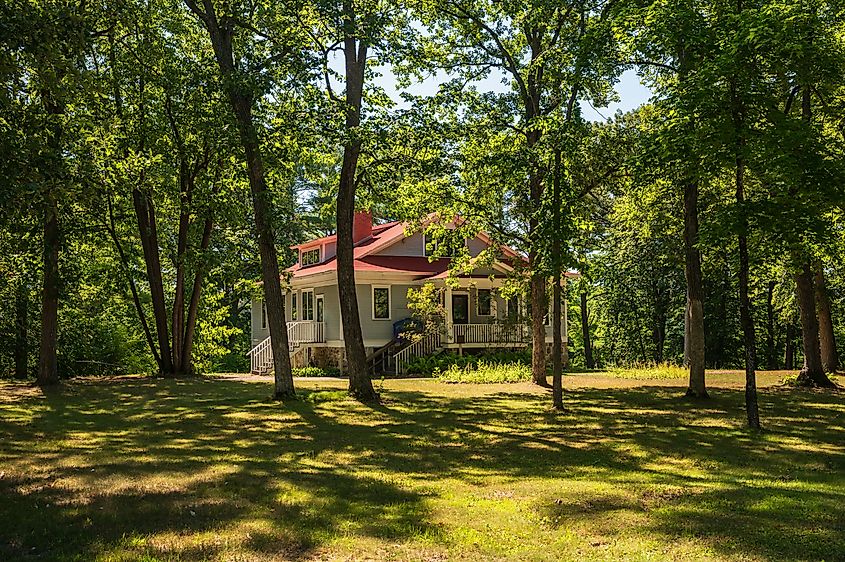
A smaller falls than Fergus Falls, Little Falls hosts around 9,000 people and many quaint yet iconic buildings. As the boyhood haunt of aviator Charles Lindbergh, the community preserves the Charles Lindbergh House within the 570-acre Charles A. Lindbergh State Park. In addition to the picturesque main house, the park contains a museum, water tower, and several smaller historic structures. Larger but still tucked away buildings can be found at the lush Linden Hill Historic Estate. The nine-acre plot is headlined by two Shingle-style mansions built in 1898.
Lastly, since Little Falls straddles the Mississippi River and neighbors numerous lakes, it is home to the Minnesota Fishing Museum, which stores more than 10,000 artifacts in an over 10,000-square-foot property. What a fitting monument for the Land of 10,000 Lakes.
Two Harbors
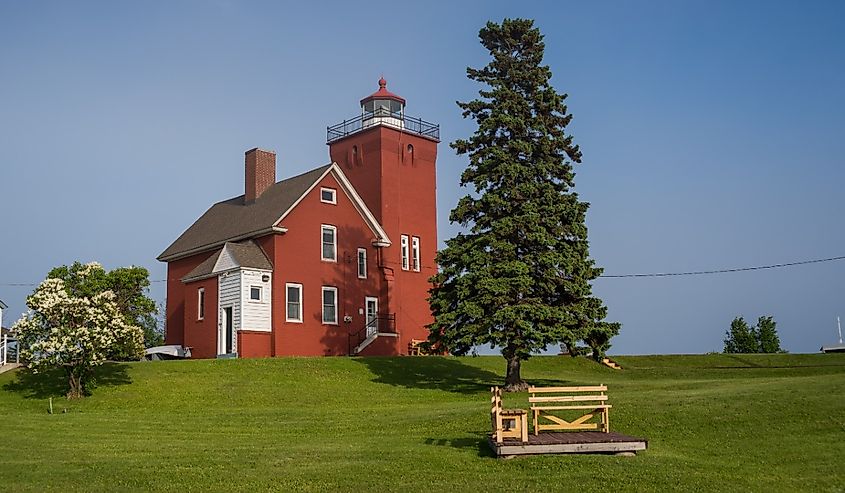
Even Minnesota's lake- and forest-filled north has amazing architecture. Case in point: Two Harbors, a 3,600ish-person community on Lake Superior that claims the state's superior lighthouse. Split Rock Lighthouse is a 54-foot sentinel on a 133-foot cliff dubbed "one of the most photographed and visited spots in the state." But that is not the only legendary lighthouse in the Two Harbors area. Set within the city limits is the Two Harbors Light, which was built in 1892 and is considered the oldest operating lighthouse in Minnesota. It also serves as a museum and bed & breakfast. Two other scenic structures in Two Harbors are the 3M Birthplace Museum and the Duluth and Iron Range Depot Museum.
As the Land of 10,000 Lakes and Way More Than 10,000 Buildings, Minnesota attracts both natural and architectural sightseers. It is in rural areas where those sights mix in breathtaking glory. From Fergus Falls' lush former asylum to Lanesboro's Bluffscape Amish Tours to Two Harbors' two lakeside lighthouses, the line between manmade and naturemade gets blurred. Enjoy Minnesota's marvelous mishmash.
